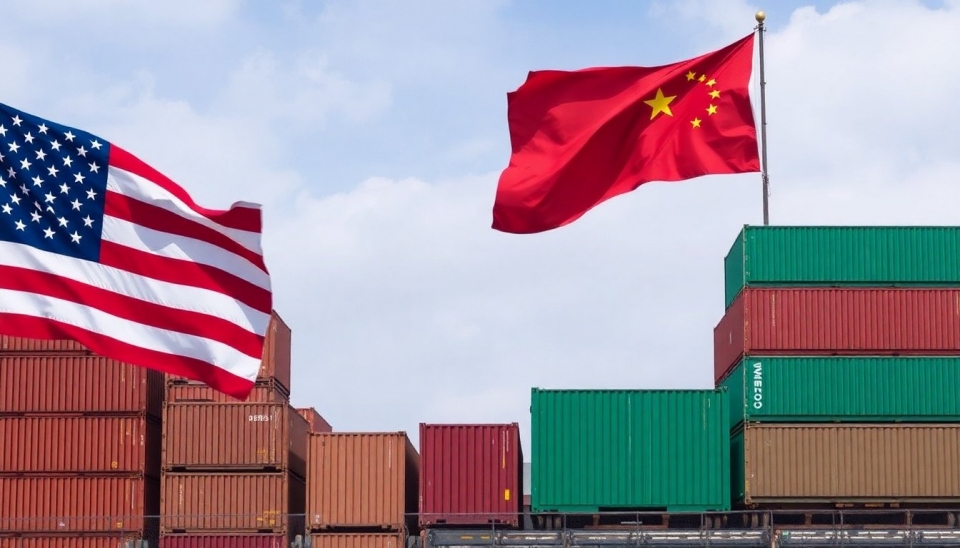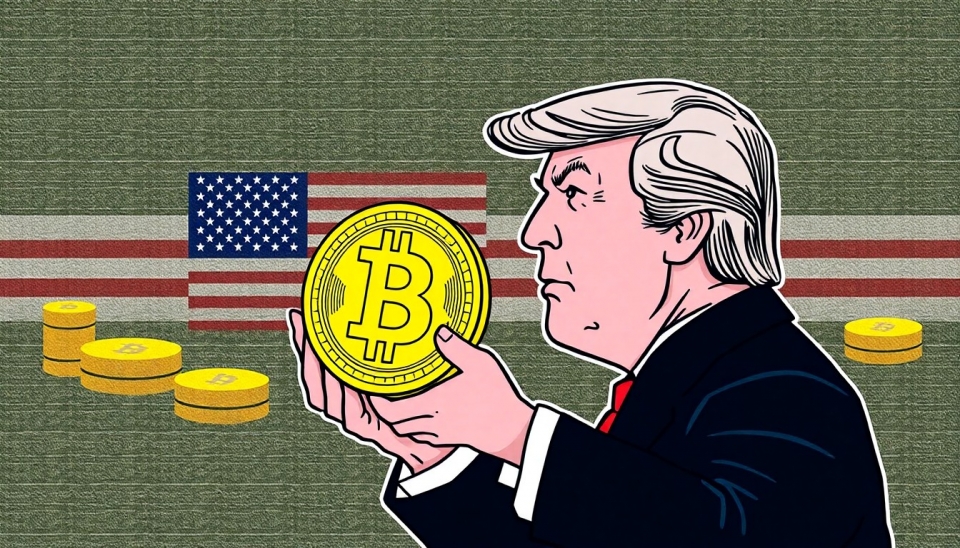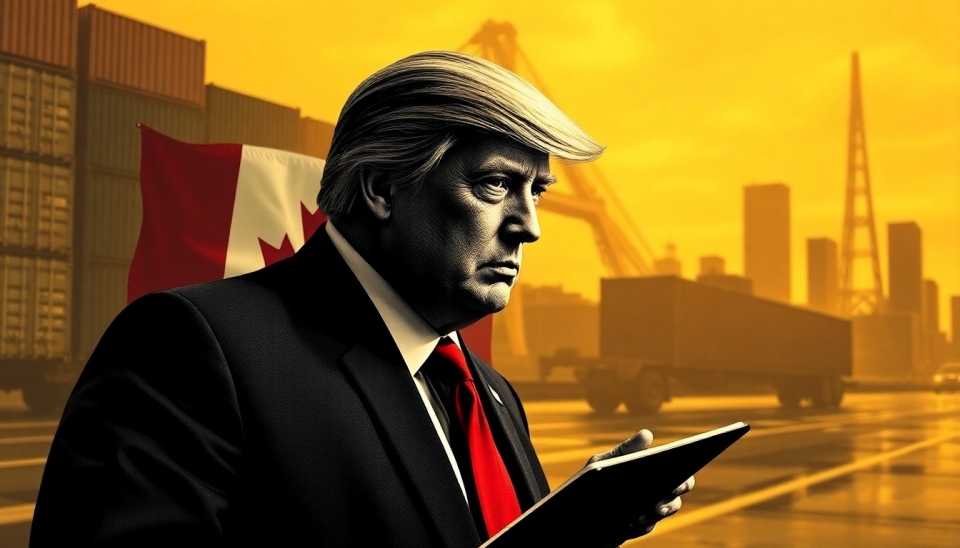
The fallout from the tariffs imposed during Donald Trump's administration is significantly reshaping consumer spending habits in the United States. In particular, the escalating costs of goods due to tariffs have led many Americans to explore more affordable options, particularly in the realm of online shopping from China. As these tariffs placed heavy duties on imported goods, the financial burden has pushed consumers toward seeking out bargains from Chinese retailers, which often offer competitive prices without the added tariffs.
This shift in purchasing behavior signals a notable change in the American retail landscape, with online platforms serving as the primary gateway for consumers eager to mitigate the economic impact of rising prices. The increase in demand for budget-friendly products from Chinese sources has been attributed not just to the tariffs but also to the convenience and variety available through international e-commerce platforms.
Many consumers, especially those in lower and middle-income brackets, are finding it increasingly challenging to make ends meet due to the combination of inflation and higher import costs. Consequently, there is a growing trend of U.S. shoppers turning to online marketplaces like Alibaba and DHgate to procure everyday items at lower prices. This trend has also led to a significant uptick in cross-border purchases, driving a new dynamic in the retail space that traditional American retailers are now scrambling to adapt to.
According to analysts, this adjustment might not just be a temporary response to tariffs but could indicate a longer-term shift in consumer behavior. Experts suggest that as U.S. consumers become more familiar with the process of ordering directly from China, they may continue to seek out these bargains even after the political landscape shifts. This evolving market dynamic poses challenges for domestic retailers who have benefited from U.S.-based supply chains and may struggle to compete with the price points offered by foreign sellers.
Furthermore, while these bargains offer immediate financial relief for consumers, there are potential downsides to this trend. Quality control remains a constant concern when buying from overseas sellers, and consumers must navigate returns and shipping times that are often much longer than when purchasing from domestic retailers. Nonetheless, the allure of lower prices appears to be a compelling factor driving consumers to take these risks.
As the economic environment evolves, it will be interesting to observe how this trend influences both U.S. consumer habits and the broader retail landscape. Will American retailers adapt to the new realities of e-commerce? Or will we see an even greater reliance on international retailers as consumers seek sustained affordability?
In conclusion, the impact of Trump’s tariffs is far-reaching, reshaping how American consumers shop and pushing them toward international avenues to find more economical choices. This change not only highlights the fragility of consumer confidence in the face of rising prices but also raises questions about the future of American retail and the ongoing strategy of domestic companies to maintain competitiveness in an increasingly global marketplace.
#TrumpTariffs #ChineseGoods #Ecommerce #RetailTrends #ConsumerBehavior #USA #CrossBorderShopping #OnlineShopping #ImportedGoods
Author: Liam Carter




